A Purely Competitive Firm Whose Goal Is to Maximize
A purely competitive firm whose goal is to maximize profit will choose to produce the amount of output at which TR exceeds TC by as much as possible If it is possible for a perfectly competitive firm to do better financially by producing rather than shutting down then it should produce the amount of output at which. TC exceeds TR by as much as possible.
None of the above.
. Assume further that the firms management is risk averse that it maximizes the expected utility of the firms income. A purely competitive firm chegg. This problem has been solved.
The firms minimum AVC is 105 per battery. TR exceeds TC by as much as possible. The market price at which it can sell.
A purely competitive firm whose goal is to maximize profit will choose to produce the amount of output at which TR exceeds TC by as much as possible. TC exceeds TR by as much as possibled. In Perfect competition there are no barriers to entry or.
A purely competitive firm is a price. An assumption in classical economics is that firms seek to maximise profits. TC exceeds TR by as much as possible.
The firm is currently producing 500 batteries a month the output level at which MR MC. A firm can maximise profits if it produces at an output where marginal revenue MR marginal cost MC. 00 8 750 4063 4813 5500 9 667 4333 5000 6500 10 600 4650 5250 7500 Assume that the cost data in the following table is for a purely competitive firm.
Provided price exceeds minimum average variable cost a competitive firm maximizes profit or minimizes loss in the short-run by producing the BLANK at which price or marginal revenue equals marginal cost. The market price at which it can sell its output is 100 per battery. TR exceeds TC by as much as possible.
A purely competitive firm whose goal is to maximize profit will choose to produce the amount of output at which. A purely competitive firm finds that the market price. The market price at which it can sell.
TC exceeds TR by as much as possible. The Single Product Firm Assume the existence of a single product purely competitive firm whose management is unable to predict with complete accuracy the market price at which the firms output will be sold. Profit Total Revenue TR Total Costs TC.
A purely competitive firm whose goal is to maximize profit will choose to produce the amount of output at which4 a. TC exceeds TR by as much as possible. TR exceeds TC by as much as possible.
2 Refer to Tab Q2 3 A purely competitive firm whose goal is to maximize proft will choose to produce the amount of output at which. A perfectly competitive firm that makes car batteries has a fixed cost of 10000 per month. TR and TC are equalb.
A purely competitive firm whose goal is to maximize profit will choose A purely competitive firm whose goal is to maximize profit will choose to produce the amount of output at which. A purely competitive firm whose goal is to maximize profit will choose to produce the amount of outp. 1 Answer to.
TR and TC are equal. TR exceeds TC by as much as possible. A purely competitive firm whose goal is to maximize profit will choose to produce the amount of output at which.
The firms minimum AVC is 105 per battery. None of the above. A purely competitive firm whose goal is to maximize profit will choose to produce the amount of output at which.
The firm is currently producing 500 batteries a month the output level at which MR MC. TC exceeds TR by as much as possible. Microeconomics with Connect Plus 20th Edition Edit edition Solutions for Chapter 10 Problem 3RQ.
A purely competitive firm whose goal is to maximize profit will choose to produce the amount of output at which. A perfectly competitive firm that makes car batteries has a fixed cost of 10000 per month. A purely competitive firm whose goal is to maximize profit will choose to produce the amount of output at whicha.
TR and TC are equal. TR exceeds TC by as much as possiblec. Therefore profit maximisation occurs at the biggest gap between total revenue and total costs.
If it is possible for a perfectly competitive firm to do better financially by producing rather than shutting down then it should produce the amount of output at which MRMC. Consider a profit-maximizing firm in a competitive industry. None of the above.
None of the above. A purely competitive firm whose goal is to maximize. TR exceeds TC by as much as possible.
TR and TC are equal. None of the above. TR and TC are equal.
None of the above. Solutions for Chapter 10 Problem 3RQ. A perfectly competitive firm that makes car batteries has a fixed cost of 10000 per month.
A purely competitive firm whose goal is to maximize profit will choose to produce the amount of output at which. TC exceeds TR by as much as possible. If it is possible for a perfectly competitive firm to do better financially by producing rather than shutting down then it should produce the amount of output at which.
A purely competitive firms short-. A perfectly competitive firm that makes car batteries has a fixed cost of 10000 per month. TR and TC are equal.
If it is possible for a perfectly competitive. TR exceeds TC by as much as possible. A purely competitive firm can be identified by the fact that.
Consider a profit-maximizing firm in a competitive industry. A purely competitive firm A purely competitive firm must earn. A purely competitive firm is a price maker.
TR and TC are equal. None of the above. TR exceeds TC by as much as possible.
A purely competitive firm whose goal is to maximize profit will choose to produce the amount of output at which. The market price at which it can sell its output is 100 per battery. A purely competitive firm whose goal is to maximize profit will choose to produce the amount of output at which.
Profit Maximization Perfect Competition
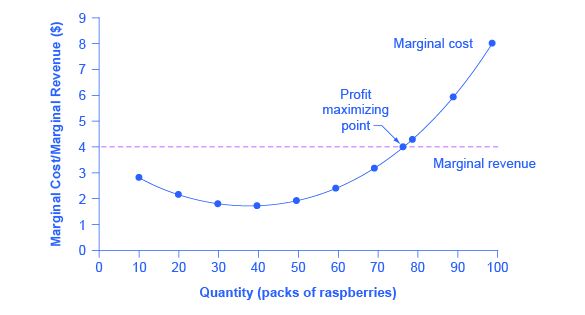
8 2 How Perfectly Competitive Firms Make Output Decisions Principles Of Economics
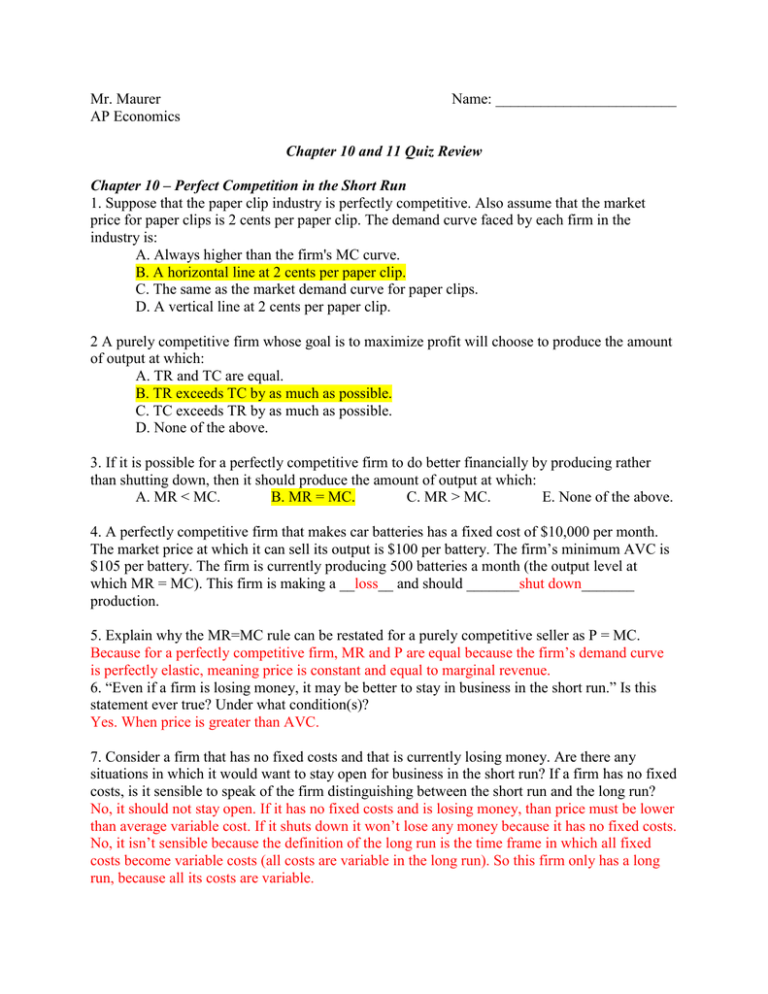
Chapter 10 11 Quiz Review Solutions
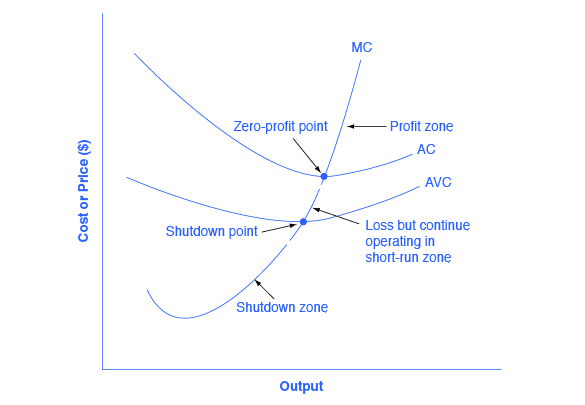
8 2 How Perfectly Competitive Firms Make Output Decisions Principles Of Economics

Microeconomics C718 Unit 6 Diagram Quizlet

Competitive Markets For Goods And Services

Solved Quantity Marginal Total Total Revenue 35 A Cost Chegg Com
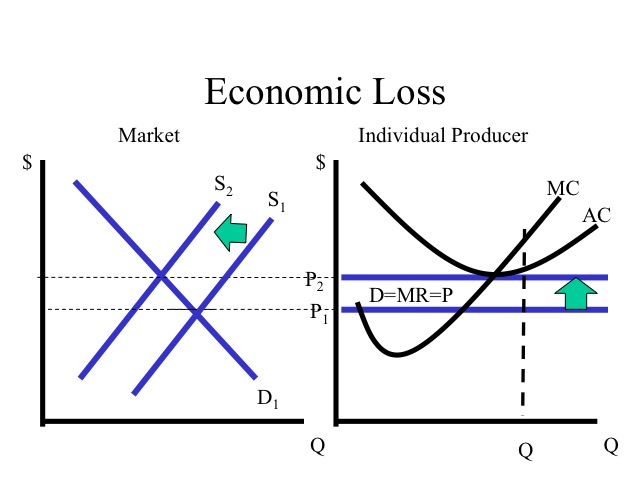
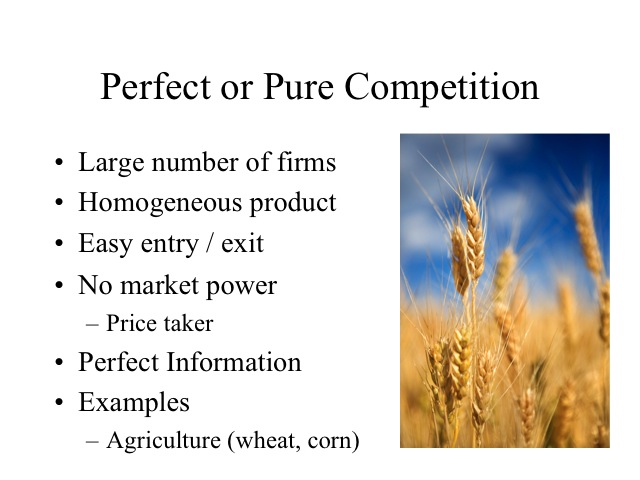
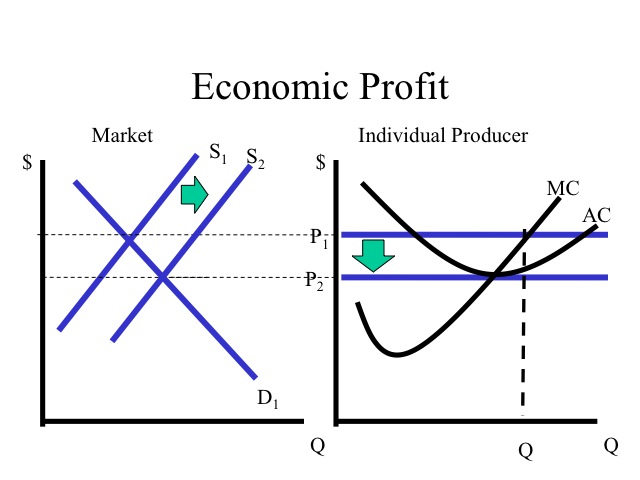
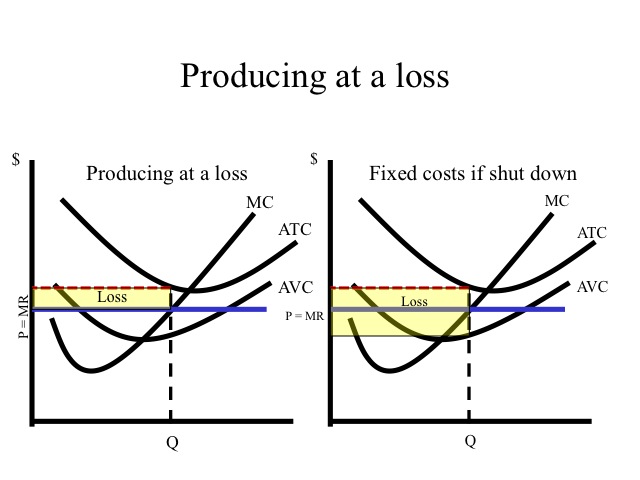
Comments
Post a Comment